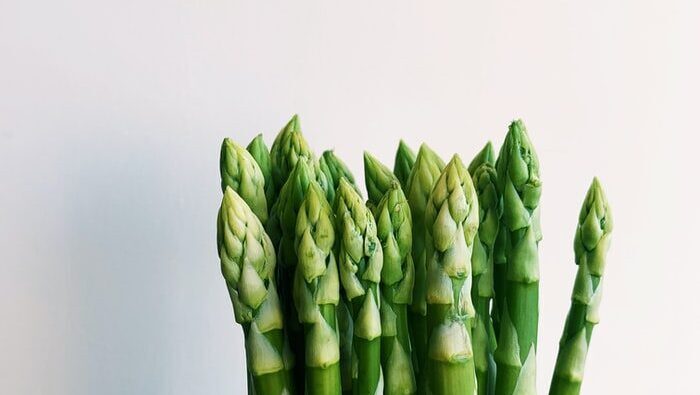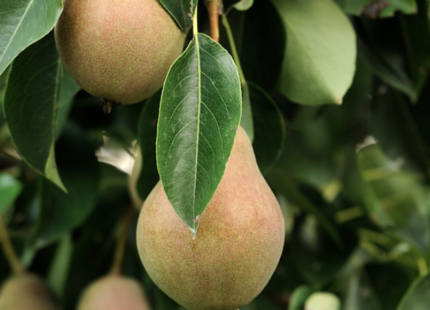
By: Erica Carmount
Published: December 28, 2023
Eva May, a Magyarország (Hungarian) Canadian, Waterloo resident, and food advocate, knows first-hand the interconnected relationship between conflict and food insecurity. The lasting impact of the World Wars and various communist regimes caused chronic food insecurity throughout Magyarország. To this day, Magyarország has still not regained the same traction in rates of food security as its Western European counterparts and food prices remain high. Echos of conflict, however, have yet to negate food resilience.
For centuries, people in the region have relied on fruit trees as a significant source of food for those forcefully removed from their land. People fleeing conflict carried tree branch cuttings with them and grafted them to other trees—an innovative way to ensure a source of food. When an army attacked a village, taking their grains and food stores, the invaders would leave the trees intact which allowed those who had fled to have a reliable source of food when they returned. Fruit trees, therefore, became a significant cultural symbol. This long-standing tradition has continued in Magyarország and its diaspora around the world through the Hungarian Fairy Garden movement.
Growing up near the border to former Yugoslavia in Magyarország, May shared her experience about frequent food shortages. She vividly remembers having to stand in line for different food items. Home-grown food, shared amongst neighbours, became crucial for survival. But through this hardship, resilience solidified. “I grew up eating the food we grew in our garden and my grandparents’ farms”, May states, “there was always a very significant connection between us and the plants and animals that provided nourishment to us”. This resilience against instability was also women centred. One of May’s grandparents came from a Bunyavats culture, and much like the adjacent Magyarország cultures in the surrounding area, the eldest woman in the family owned the land and held the keys to the stored seeds, grains, and the animal husbandry. Although the rest of Europe was predominantly patriarchal, growing up in a matriarch meant that the women May grew to greatly respect were not only in charge of growing and preparing food, but also the land and food staples it produced.
“Back home, knowledge comes out of necessity. We really need those trees back home because food security is a lot more in the forefront of people’s minds”.
Eva May
May also came to admire Gyula Kovács, an ethnobotanist, orchardist and the founder of the Hungarian Fairy Garden movement. Since the 1980s, Kovács has saved nearly three thousand five hundred rare fruits, making his gene bank (Pórszombat Génbank) the largest single-nation fruit collection in Europe. For nearly four decades, he has worked on a small orchard, storing thousands of varieties in his cellar in Medes. Built in the 1700s, his cellar preserves the gastronomic heritage and medicinal knowledge of Göcsej folklore, along with the diverse ancient Magyarország fruit varieties of Zala county.
Untreated and naturally adapted to their indigenous environment, the resiliency of Kovac’s varieties of fruit trees are now being catalogued and monitored in over 100 Fairy Gardens across Magyarország to see how they respond to Magyarország’s next biggest risk on the horizon – climate change.

Photos by Gábor Muray

Photos by Gábor Muray
After moving to Canada in 1991 due to ongoing regional conflict, May was inspired by this movement and started looking for community gardens within the Region of Waterloo in the hopes of finding the same food experiences she was familiar with in her home country. With very little in the ways of community spaces to garden, May eventually met Carol Popovic, a nurse working for the Region. Popovic was passionate about promoting the health benefits of community gardening throughout the city. Starting out with just a few plots, Popovic would later go on to start the community garden movement in the Region of Waterloo. Much like back home in Magyarország, community gardening and the practice of sharing food blossomed in the coming decades. Today, there are hundreds of community garden initiatives in the area thanks to those like Carol and Eva.
“I think back home, necessity drives us to think about it all the time. Food is more in the centre of the culture because it’s precious and it’s not as easy to come by – food insecurity makes it a lot more precious”.
-Eva May
As a board member with the Waterloo Region Community Garden Network, May has continued her involvement with local collaborative food initiatives as both a volunteer and a gardener. The St. Petersburg Community Garden site is one such project. The Garden is eighteen acres with communities from all over the world working on various sized plots, including a community from Myanmar who came to Canada due to internal conflict, as well as large groups from Kenya and Ghana. Gardeners are there for a variety of reasons, from producing a food forest under the guidance of local Indigenous groups to growing herbs and plants for healing and cultural relevancy.
Likewise, the University of Waterloo North Campus Community Garden offers both individual plots and communal gardening options to students and staff. Described as a whole world in a tiny garden, individuals from China, Yemen, Saudi Arabia, Russia, Moldavia, Slovakia, and India grow and learn alongside each other. In addition to the gardens rich cultural diversity, there is also a lot of plant diversity, including amaranth, millet and different squashes, corns, and radishes. The White Owl Native Ancestry Association also grows there, focusing entirely on growing indigenous species to support the food security of Indigenous Elders in their communities.

Photo Credit: Michele Martin, Waterloo Climate Institute.

Photo Credit: Waterloo Region Community Garden Network.
While community gardens support food security, for May community gardens are also a wealth of cultural capital. Community gardens provide people with connections to the world and its knowledge base, such as learning about different plants and how to grow them. “It’s not just about the value of putting food on the table, it builds connections, a sense of belonging for people who are new to the area and there’s an incredible joy in sharing that food too”. While acknowledging the monetary value of producing food, for her the value comes in how community gardens enrich her culturally. She believes this cultural enrichment and knowledge exchange are also important for the city. In 2021, nearly 73.7% of Canadians lived in urban centres and rates are increasing annually. For May it is becoming increasingly important to build food security through community gardens and bring food plants back into the city.
May is optimistic, however, that the movement is just beginning. “I hear so many people having similar ideas to that original story of mine with the fairy garden movement with trees”. Through continued efforts to advocate for plant diversity and liveable green cities, she hopes that she can bring some of her knowledge from home to the growing gardening community in the Region of Waterloo.

